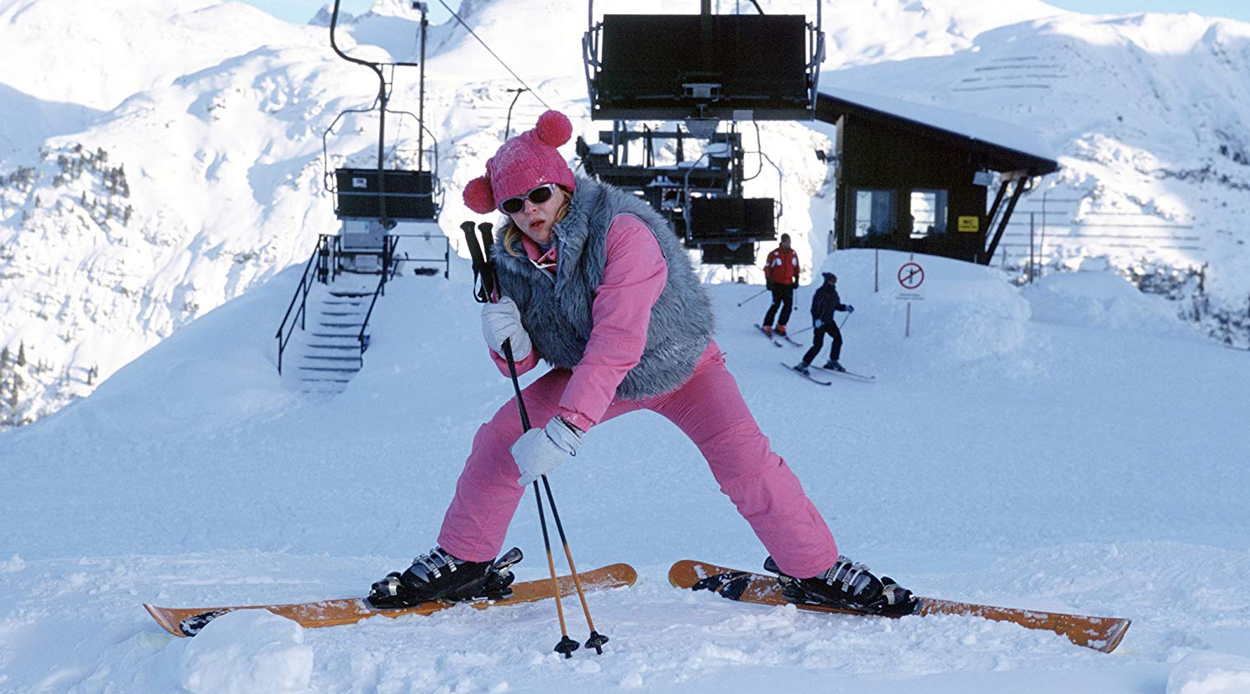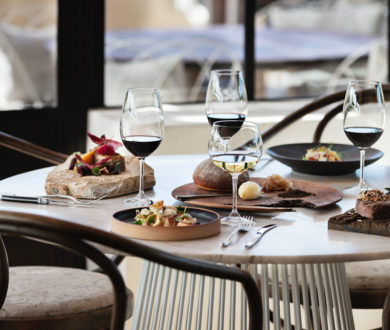Embarking on a première (or even sophomore) attempt at the slopes requires much more than strapping your feet into a piece or two of wood. If you’re smart, you’ll leave the ski field with your relationships still intact and the foundations to build toward that graceful virgin alpine run NEXT time. So THIS time remember:


01. Have fun
The perfect first day is having fun and learning something, the second best day is having fun and learning nothing.
02. Sharing is caring
The spectrum of beginners is vast on the slopes, yet often confined to one area. Always give a wide berth where possible. Wave gingerly to the mum who is worse than her kids, nod warmly to the dad with his kid between his skis, smile discreetly at the dad worse than his kids, wave cordially to the mum with her kid between her skis, high-five the fumbling parents who barely remember their years of ski lessons and raise your glass to the townies who have never set foot on a ski field. As for the mismatched couple of attractive, advanced expert and clumsy débutante time bomb, give them your prayers.
03. Take a lesson
Much like flat-pack furniture, instruction is really important if you don’t want to waste a day making a desk that can’t stand up. If you’ve ever attempted to put together furniture with a loved one, you’ll know your relationship is immediately at stake. And like that time you thought you were learning basic Japanese but ended up with a vocabulary made entirely of cuss words… new skiers must take the time to learn the proper techniques from qualified instructors first, or risk a lifetime spent breaking bad habits (and offending others).
04. All for one and one for all
While group lessons may seem like a good idea, in reality, everyone is different and your rate of learning may not compare to that of others. Stick to the one-on-ones.
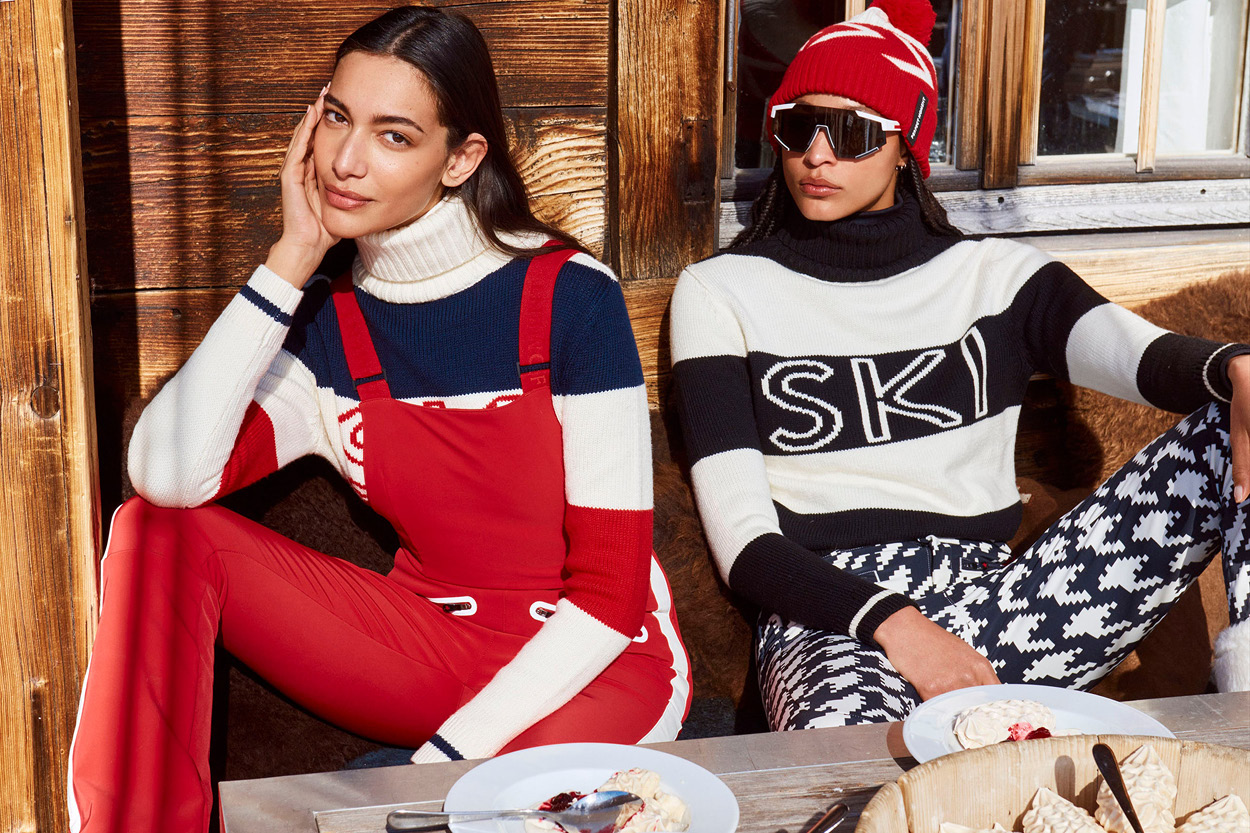
05. Sustenance
When it comes to food, it is essential that you eat breakfast. We must also take this time to advise you never to hit the ski town supermarket after a day on the slopes. This is where you will find the rest of the previously skiing public (hungry and disorganised). In high season, the ski town supermarket between 3:30pm and 6:30pm is Black Friday Walmart. Every time.
06. Check the weather
You wouldn’t head to Piha after a westerly storm rolled by… so don’t expect to have a good time learning how to ski when the weather is anything other than calm (for the clarity) and close to zero degrees (for the snow quality).
07. Dress appropriately
Wearing cotton is a bigger no-no than white at a wedding. Layer up with synthetic and wool fabrics which pull moisture away from your body so it can’t freeze right through you. The most important element of your attire will be the pants. As you’ll be spending most of the day on your rear, try to make it a well insulated one. A helmet is a must, as are very waterproof gloves/mitts. Lastly, the goggles are the window to the soul, if your goggles are foggier than Jack and Rose in that vintage town car, there won’t be a happy ending.
08. Rent accordingly
Second hand equipment is by all means usable, but don’t learn on your friend’s skis from the 80s. Consider renting updated equipment that will come (mostly) clean, waxed, sharpened and crucially: in your size. Many first timers are embarrassed to try on five pairs of boots while their friends or family anxiously wait outside the rental shop (taking selfies). If that is the case, head to a ski shop in advance to try on a few pairs and feel confident about your fit.
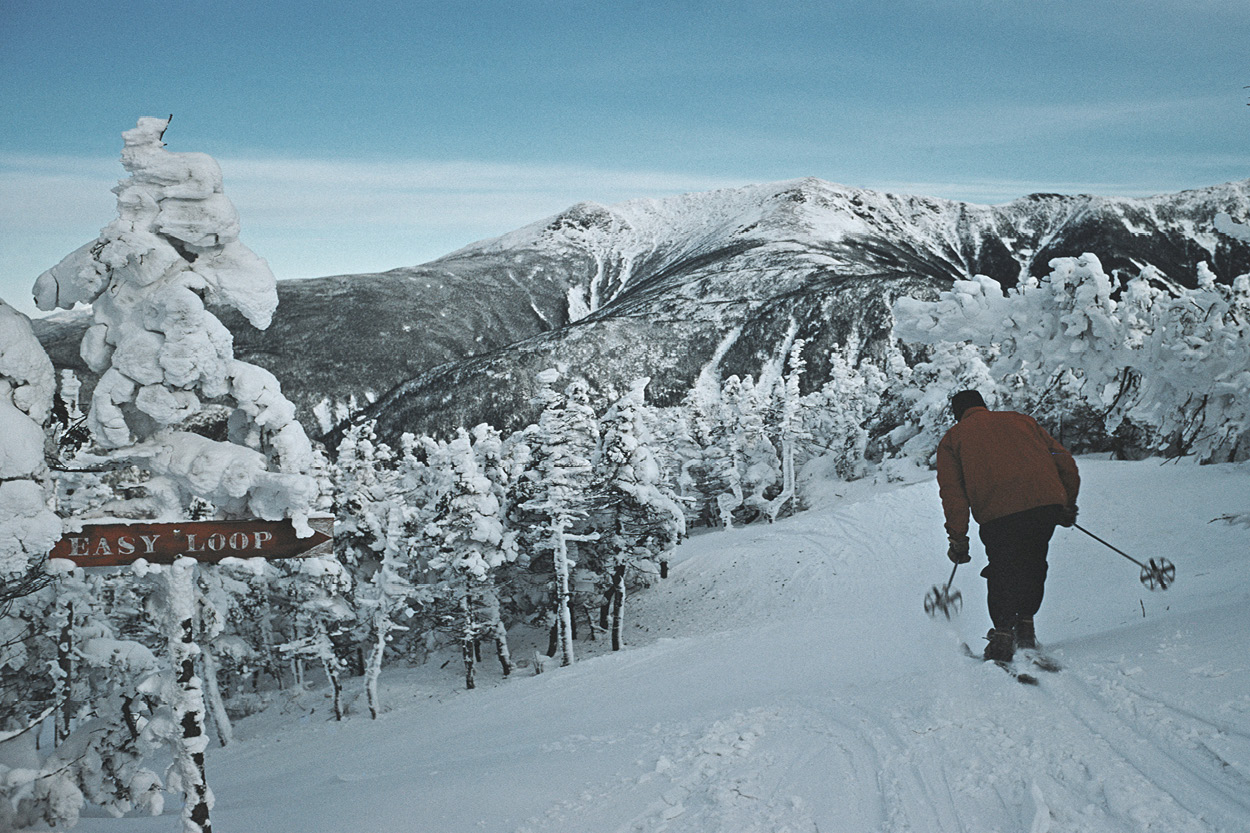
09. Map it out
Explore the piste-maps of your ski field of choice online before you set boot on snow. Be mindful that ‘go big or go home’ does not apply to learners and set realistic goals. If you exhaust yourself on the gentle hills and then try an intermediate trail in the same day, it’s easy to become intimidated and leave feeling defeated. Your ‘go big’ will literally turn into a ‘go home.’
10. As for the kids
Skiing can be like a virus similar to chicken pox — the older you are, the harder it can be to conquer. As such, parents are inclined to lock their children in a room full of other infected hosts at the youngest plausible age until it catches on; this is known as ‘ski school’. Speaking for all youth instructors, your child should be potty-trained and able to follow basic directions before even considering planting them on skis. Enrol in advance, put snacks in their pockets, their names on their equipment, your details around their necks and disappear. Escape their tiny clutches for some well-earned time off (or on the piste).

Right of way
While it’s true that the skier in front has the right of way, it may also be true that they are in the way, if this is the case pick a lane and swiftly shoop by, making absolutely no eye contact. Remember, much like driving, in the case of a collision, the skier at the back is always the responsible party.
Assisting others
While it may be somewhat amusing when someone eats snow on the mountain, it must be noted that accidents of this variety can happen to the best of us (particularly those who are new to the slopes). Next time you approach a wipe out and consider gliding past, pause to consider that this very pile-up could be absolutely anyone — always provide assistance.

Lift line cutting
Lift lines can be notoriously long at even New Zealand’s less popular ski fields, we get it, but cutting in is a big no-no. Instead of loudly sighing, complaining, eye-rolling, and kicking snow, come prepared with snacks, AirPods and, ideally a non-dull slope partner.
Exiting the lift
Directly after your exit from the chair continue your descent. Communal clusters have no place here.
Pausing on piste
At times you may be affected by fatigue or come across the perfect photo opportunity while on piste. However, stopping directly in the middle of the slope isn’t recommended if you do not wish to end up in a snowballing pile-up.
Going off-piste
Telling others you’ve been skiing off-piste is much easier than actually skiing off-piste, and wouldn’t be wise for a novice. ‘Traversing a little in search of fresh powder’ isn’t a phrase that you should be uttering, ever.
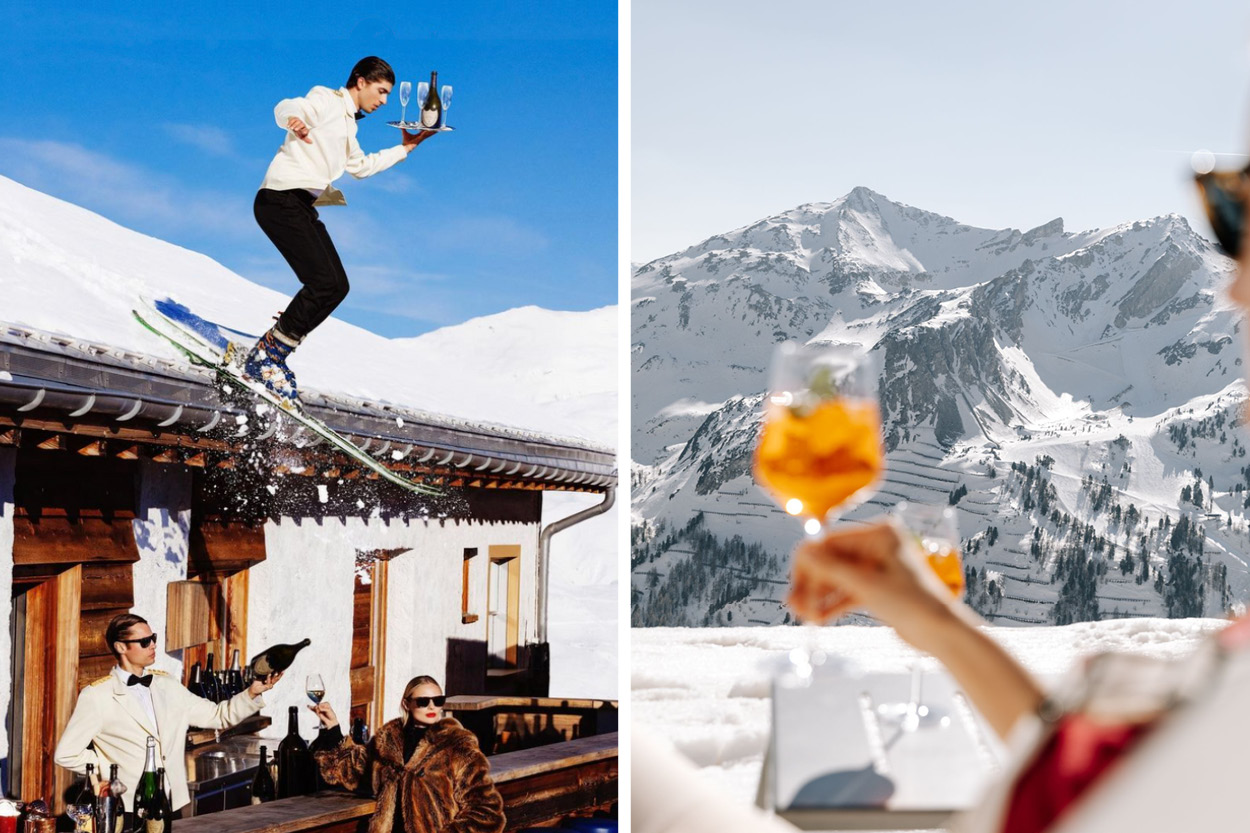
Whether it’s been a successful or a mortifying day on the slopes, how you perform at the aftermath function is what truly defines your holiday. While New Zealand’s aprés-ski culture is stunted by our geography, thanks to the minimum 40-minute drive down the mountain, it’s no wonder Aotearoa’s aprés-ski scene is a limp courgette in the garden of European refinement.
The venue
General consensus is that you should be able to ski, stumble or stroll your way quickly after (or during) the final run of the day. The perfect venue acts as a pit stop between skiers and their personal hygiene, sipping into a drink is far more important than such banal activities as showering.
The drinking
Any physical activity requires re-hydration, and most hard work deserves some sort of alcoholic beverage. Aprés-ski is where these outcomes collide. But be warned even the good ones can get destroyed in these environments, The high altitude and the likelihood of actually being dehydrated already, means care should be taken to avoid fast becoming the not-so-hot mess.
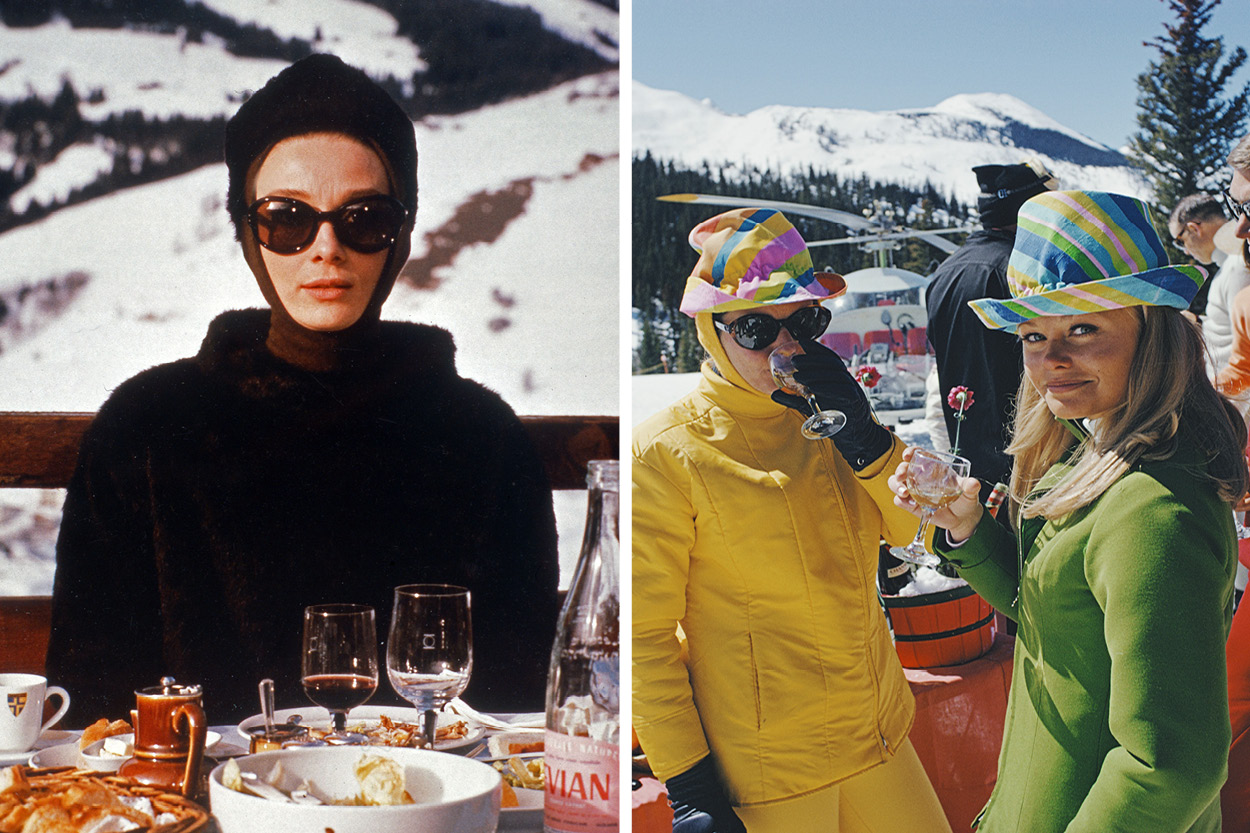
The fashion
The expectation to continue festivities in your base layer or ski gear is the foundation of the aprés-ski uniform, and the very fabric of its carefree sentiment. If you go home to change, not only will you miss the fun, you’ve missed the point entirely.
Spontaneously combustible family units
Usually led by an overly confident adult family member, these groups can range in size from four up to twelve and encompass a variety of ages and skill levels. Give them a very wide berth as they are known to be explosive at freezing point.
Snowboarders
All of them. A varied group who have a tendency toward clothing two sizes too big and are attached to a single board. Snowboarders will constantly annoy you and get in your way. Not to be confused with mono-skiers, as below. This group has no grounds for their blanket disdain of all skiers and as such should be avoided at all costs.

Mono-skiers
Skiers attached to one ski. Tell them to find a lake, or get another ski.
Go-bros
Guys who are taking their Go-Pro-ing far too seriously. They will do whatever it takes to get the perfect shot regardless of their own safety, your safely, or your line down the mountain. They are most often seen awkwardly holding their Go-Pro on the end of a short ski pole, following it down the mountain like a snake following its charmer. True go-bros will also have a Go-Pro permanently attached to their head, even while taking a break for lunch. Some may even have a third at the back of their head. No one will ever care to watch any of their videos.

